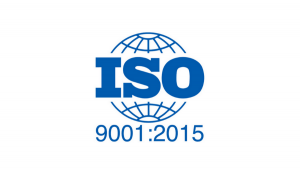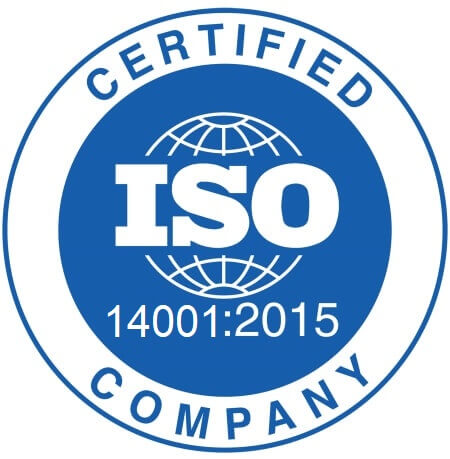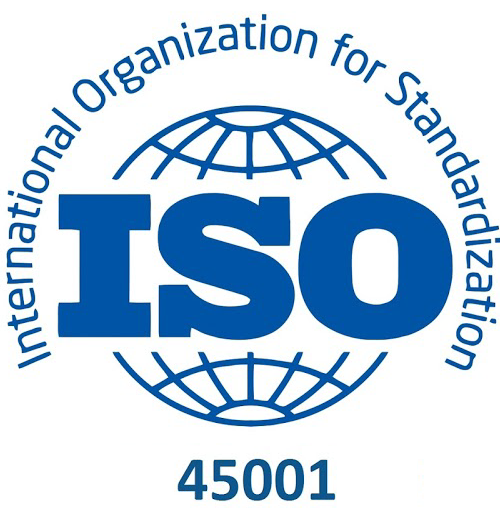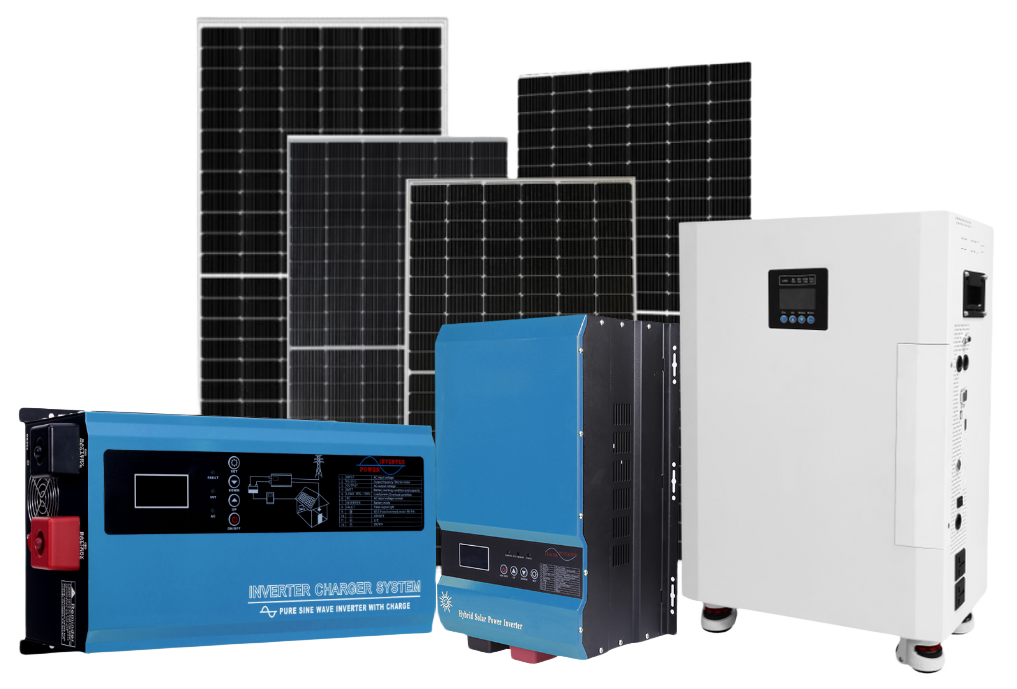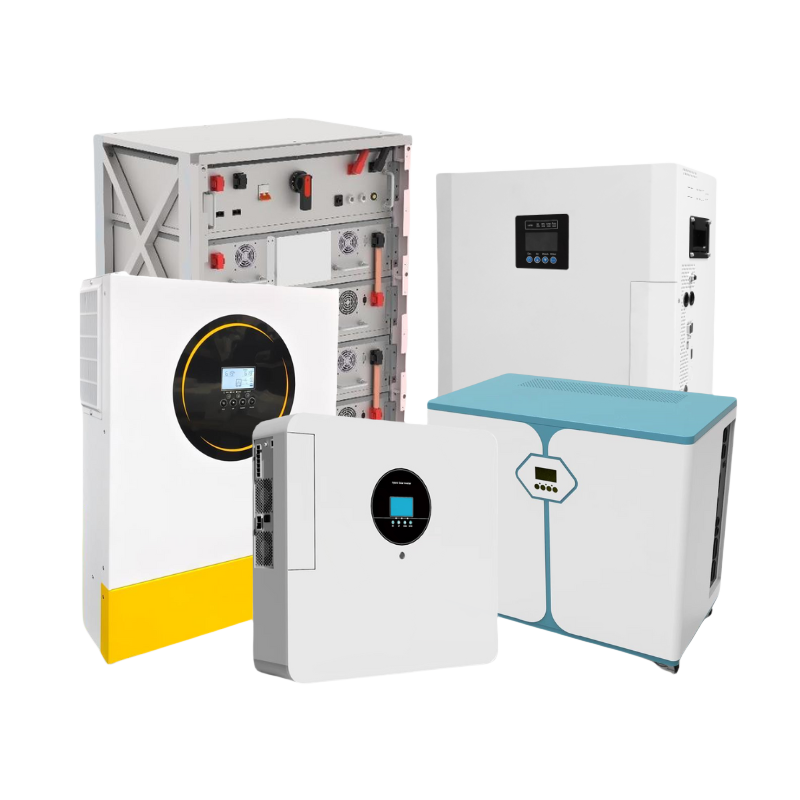Introduction
In 2025, the global transition to clean and decentralized energy has positioned solar lithium batteries—especially LiFePO₄ (Lithium Iron Phosphate) chemistry—as the preferred choice for residential, commercial, industrial, and utility-scale solar energy storage.
LiFePO₄ batteries are recognized for their long cycle life, thermal stability, and safety advantages over other lithium-ion chemistries. They have become the backbone of solar energy storage systems, particularly in off-grid and hybrid environments where reliability and low maintenance are critical.
According to Global Growth Insights, the global LiFePO₄ battery market is projected to reach USD 36.56 billion in 2025 and continue growing at a CAGR of 10.3%, driven largely by solar and telecom applications.
1. Market Overview
The global solar battery market—which includes various lithium chemistries such as LiFePO₄, NMC, and LCO—was valued at approximately USD 33.5 billion in 2024, and is projected to expand at a compound annual growth rate (CAGR) of 9.3% through 2034, according to Global Market Insights. This robust growth reflects the accelerating demand for energy storage solutions that complement solar PV systems across residential, commercial, industrial, and utility segments.
Amid this growing demand, LiFePO₄ (Lithium Iron Phosphate) batteries are rapidly capturing market share due to their superior safety, longer cycle life, and cost-effectiveness—especially in solar storage applications. As global markets move away from fossil-fueled grids and lead-acid batteries, LiFePO₄ technology is being adopted as a new standard for clean, reliable solar energy storage.
Specifically, Solar LiFePO₄ batteries have emerged as the dominant battery chemistry in the following key use cases:
- Off-grid solar kits: Ideal for rural electrification in regions lacking reliable grid access, such as Sub-Saharan Africa, South Asia, and island nations.
- Residential rooftop storage: Homeowners in Europe, Australia, and North America are pairing rooftop PV systems with LiFePO₄ batteries to increase energy self-consumption and reduce utility bills.
- Telecom tower backup: Telecom operators are replacing diesel generators and VRLA batteries with LiFePO₄ solutions to ensure uninterrupted service and reduce maintenance in remote base stations.
- Hybrid inverter systems: Widely used in emerging markets where grid outages are frequent, LiFePO₄ batteries provide stable performance and fast recharge, supporting day/night solar use.
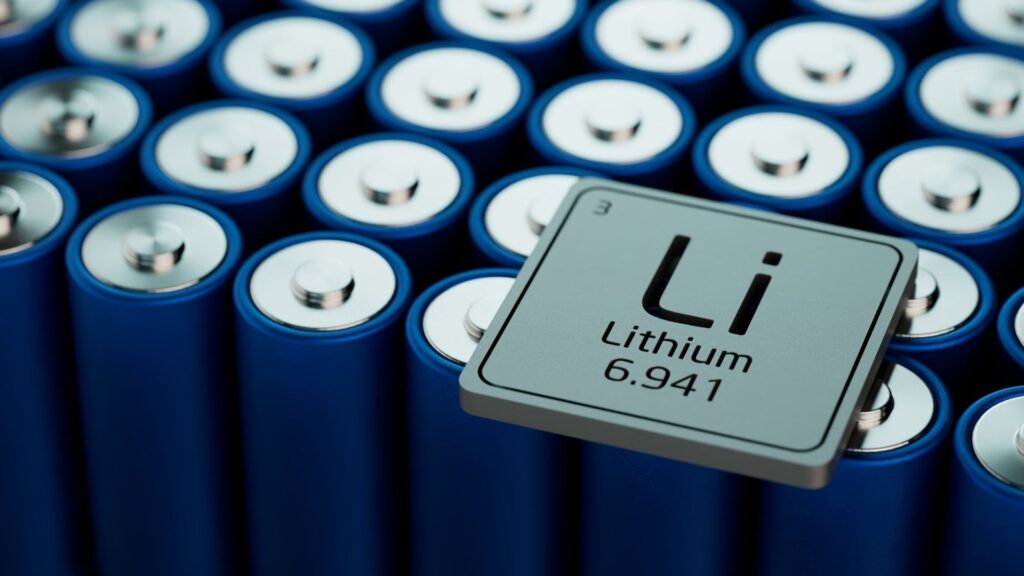
2. Key Growth Drivers
2.1. Off-Grid and Rural Electrification Demand
In Africa, South Asia, and Southeast Asia, over 800 million people still lack reliable electricity access, particularly in remote villages, islands, and mountainous areas. To address this, governments, NGOs, and solar developers are investing in decentralized energy solutions such as solar home systems, microgrids, and standalone DC kits. These systems rely heavily on battery storage to ensure 24/7 power availability.
LiFePO₄ batteries are preferred due to:
- Long cycle life (4000–6000 cycles at 80% DOD), reducing replacement frequency
- Minimal maintenance in remote regions with limited technical support
- Resistance to high ambient temperatures and harsh environmental conditions
2.2. Residential Solar + Storage Boom
Countries like Germany, Italy, Australia, and the U.S. are experiencing a boom in rooftop solar paired with battery storage, driven by rising electricity costs, net-metering policy changes, and a growing desire for energy independence.
Homeowners are increasingly seeking ways to store excess solar energy generated during the day for use at night or during power outages. This shift is fueling rapid adoption of home energy storage systems, where lithium batteries—particularly LiFePO₄—are becoming the preferred choice.
LiFePO₄ batteries now dominate this segment due to:
- High safety rating (thermal stability, no explosion risk), making them ideal for indoor or residential settings
- Deep discharge capacity and high efficiency, enabling homeowners to maximize energy use and reduce grid reliance
- Integration with smart inverters and BMS (Battery Management Systems) for real-time monitoring, remote control, and optimized performance
According to Global Market Insights, solar energy demand is rising at over 9.3% annually, pushing related battery adoption.
2.3. Telecom and Industrial Applications
According to Global Growth Insights, the use of LiFePO₄ batteries in telecom applications alone is expected to contribute a significant share of the total growth. With the expansion of 4G and 5G networks into rural and remote regions, telecom operators require stable, long-lasting power solutions for their base transceiver stations (BTS).
Traditional lead-acid batteries often fail in high-temperature or high-cycle environments, leading to costly replacements and maintenance. LiFePO₄ batteries offer a more reliable and efficient alternative, reducing downtime and improving network uptime.
Telecom operators are transitioning away from lead-acid and embracing lithium for:
- Higher energy density
- Compact size and rack compatibility
- Better backup time and charging efficiency
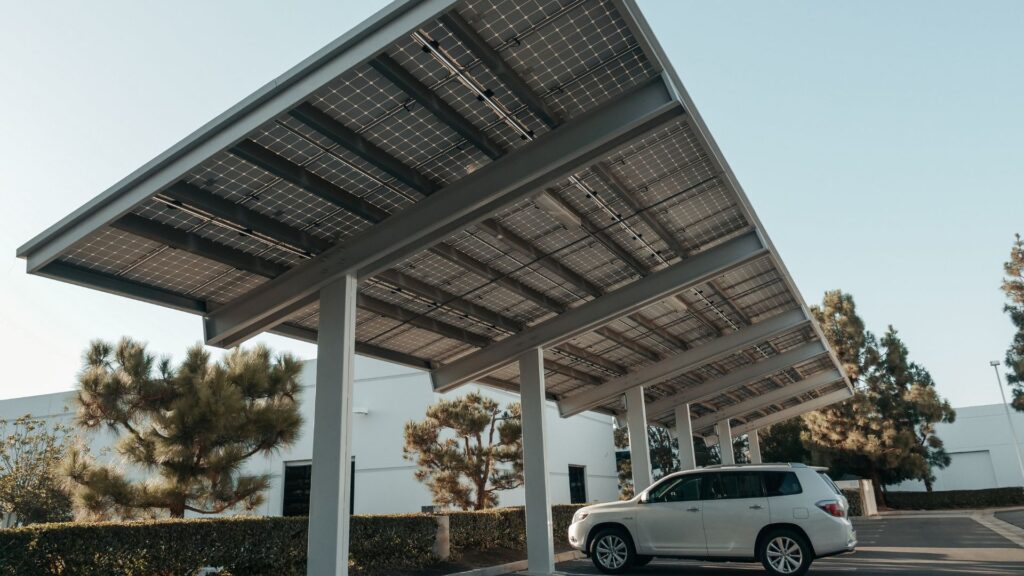
3. Regional Trends
Africa & Middle East
The region remains a major growth engine for off-grid solar systems due to widespread energy access challenges. Countries such as Nigeria, Kenya, and Egypt are actively deploying solar home systems, solar-powered water pumps, and rural mini-grids backed by World Bank and NGO funding. Governments also offer tax exemptions and subsidies for renewable energy components.
In these harsh environments, LiFePO₄ batteries are preferred for their long lifespan, minimal maintenance, and ability to operate in high temperatures without performance degradation. Telecom companies are also upgrading rural base stations with lithium battery backups to support network stability.
Southeast Asia
Markets like Vietnam, the Philippines, Thailand, and Indonesia are rapidly expanding solar capacity to address unreliable power grids and frequent outages. In rural and island communities, solar-powered lighting, pumping, and communication systems rely on durable, cycle-stable batteries.
LiFePO₄ batteries are increasingly used in residential rooftop systems, government-funded solar kits, and telecom tower retrofits, driven by their safety, scalability, and compact form factors compatible with rack installations and outdoor enclosures.
Europe
Europe is at the forefront of residential solar + storage adoption, led by Germany, Italy, and Spain. EU regulations emphasize battery safety, low environmental impact, and recyclability—factors that position LiFePO₄ as a chemistry of choice.
Energy-conscious consumers are pairing rooftop PV systems with home energy storage to maximize self-consumption, especially amid rising electricity prices. Integration with home energy management systems (HEMS) and support for grid services (like peak shaving or virtual power plants) are driving demand for intelligent, modular battery solutions.
South America
Countries such as Brazil, Chile, and Colombia are investing in large-scale solar and distributed energy resources, particularly in agricultural and mining regions with poor grid infrastructure. Off-grid farms, ranches, and industrial sites increasingly turn to solar + battery systems to reduce diesel reliance and ensure continuous operation.
LiFePO₄ batteries are a top choice for these rugged applications due to their low maintenance, high discharge efficiency, and ability to withstand long idle periods without degradation—making them ideal for intermittent load profiles typical of field operations.

4. Product and Technology Trends
4.1. Chemistry Shift to LiFePO₄
Compared to NMC or LCO, LiFePO₄ offers superior safety and longevity, making it increasingly favored in solar and stationary energy storage applications. While NMC and LCO chemistries provide higher energy density, they come with trade-offs in safety, cost, and thermal stability—making them more suitable for compact, portable devices or long-range electric vehicles.
| Feature | LiFePO₄ | NMC/LCO |
| Safety | ★★★★★ | ★★☆☆☆ |
| Cycle Life | 4000–6000+ | 1500–3000 |
| Operating Temp. | -20°C to 60°C | Narrower range |
| Cost | Moderate | Higher |
| Ideal Application | Solar & stationary | EVs, phones |
According to Qianzhan Industrial Research Institute, global demand for LiFePO₄ batteries is expected to grow faster than any other lithium chemistry by 2025, driven by their increasingly widespread use in energy storage systems, telecom infrastructure, and distributed solar deployments.
4.2. Modular & Stackable Solar Batteries
Modern solar LiFePO₄ batteries are now designed with:
- Rack-mount or wall-mounted formats, allowing installers to flexibly adapt to different space constraints in homes, telecom shelters, or commercial facilities. These formats are engineered for fast, tool-free installation and efficient cooling.
- Stackable modules from 5kWh to 100+kWh, enabling scalability from small residential systems to industrial-grade battery banks. Installers can add capacity as power demands grow, making them ideal for phased projects or retrofit upgrades.
- Plug-and-play compatibility with popular inverters (Growatt, Victron, Deye, SMA) ensures quick system integration and seamless communication between components. Most systems now come pre-configured with CAN/RS485 communication protocols, minimizing setup errors and improving overall system performance.
This modular design approach significantly reduces installation time and logistics complexity while offering high customization for EPCs, solar distributors, and system integrators.
4.3. Advanced BMS Integration
2025 batteries feature intelligent BMS with:
- Bluetooth / Wi-Fi monitoring, allowing end-users and technicians to remotely check system status, battery health, and historical performance via mobile apps or cloud platforms. This reduces the need for on-site diagnostics and supports proactive maintenance.
- Overcharge, overheat, and short-circuit protection, enhancing safety across various application scenarios such as rooftops, telecom shelters, or remote off-grid locations. These protections ensure stable operation even under fluctuating load conditions or extreme environments.
- Cell balancing and state-of-charge (SOC) reporting, which optimize battery performance by ensuring uniform cell usage and accurate energy availability data. This helps avoid over-discharge and extends the usable battery life, which is crucial for long-term TCO considerations in B2B solar projects.
Advanced BMS not only ensures safety and efficiency but also helps buyers reduce post-installation service costs and improve customer satisfaction.
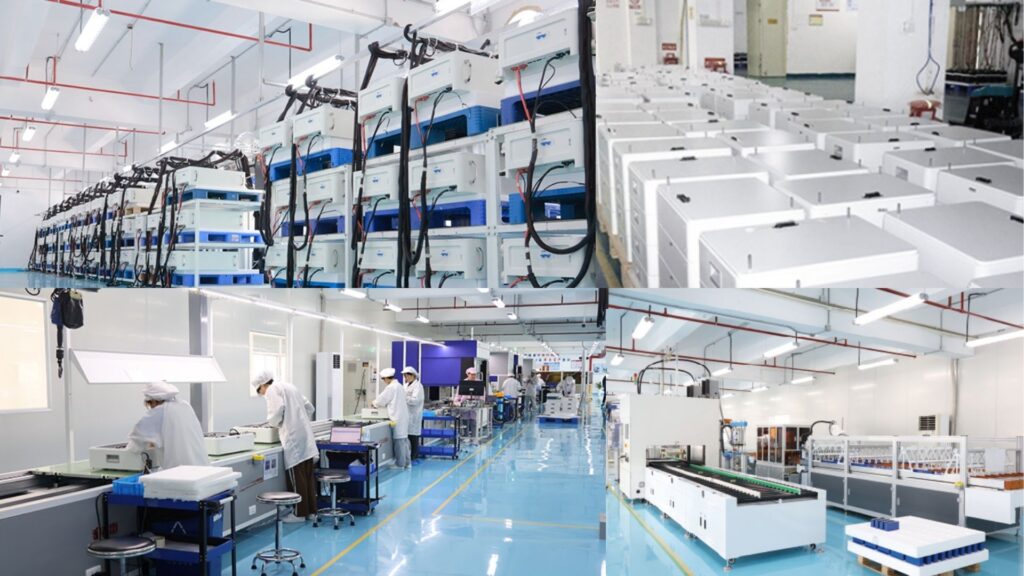
5. Manufacturing and Supply Chain Trends
5.1 China Remains the Global Hub
China continues to dominate the global Solar LiFePO₄ battery supply chain. Over 65% of global battery exports originate from China, supported by mature manufacturing ecosystems in provinces like Guangdong, Zhejiang, and Jiangsu.
Leading brands such as CATL, BYD, EVE Energy, and Pylontech not only supply under their own labels but also provide extensive OEM/ODM services for international partners.
According to the China Energy Storage Alliance, energy storage battery shipments from China reached 216 GWh in 2024 and are projected to exceed 324 GWh in 2025, showing over 50% annual growth.
5.2 OEM/ODM Services Are in High Demand
As global demand diversifies, more B2B buyers seek custom-branded batteries that align with their regional market strategies. Chinese suppliers offering:
- Flexible MOQ
- Custom voltage and capacity
- Private label + packaging
- Multi-language manuals and certification support
are rapidly gaining market share. OEM partnerships are especially popular with distributors and EPC contractors who want to expand their brand presence without investing in their own factories.
6. Future Outlook
The global Solar LiFePO₄ Battery market is poised for continued growth as solar energy becomes a fundamental component of power generation in both developed and emerging regions. Looking ahead to the next 3–5 years, several trends will shape the industry landscape:
- Decentralized energy infrastructure will continue to expand, especially in rural areas, island communities, and regions with weak grid access. Solar + storage systems will be prioritized for residential, agricultural, telecom, and disaster-resilient applications.
- Demand for safe, sustainable, and maintenance-free batteries will accelerate, particularly in the residential and commercial rooftop solar sectors, where homeowners value ease of use and reliability.
- The convergence of EV infrastructure and stationary energy storage (e.g. virtual power plants, bidirectional charging, home energy management) will create new use cases for modular LiFePO₄ systems integrated with smart inverters.
7. Business Strategy for Solar LiFePO₄ Battery Distributors & Installers
As the Solar LiFePO₄ battery market continues to expand, both distributors and installers play a vital role in delivering complete, localized energy storage solutions to global users. To stay competitive and capture long-term growth, B2B partners should adopt the following strategies:
7.1 Offer Full-System Solutions, Not Just Batteries
Modern buyers seek convenience, safety, and performance. Bundling LiFePO₄ batteries with solar panels, hybrid inverters, racking systems, and monitoring platforms allows you to offer turnkey solar energy kits tailored to residential, commercial, or off-grid scenarios.
7.2 Choose OEM-Ready, Scalable Battery Platforms
Partner with manufacturers that provide OEM/white-label customization, modular capacity options, and certification-ready products (e.g., CE, UL1973, UN38.3). This enables you to adapt quickly to regional compliance and build your own product line with minimal technical burden.
7.3 Prioritize Safety, Integration, and Ease of Installation
Select LiFePO₄ batteries that are rack-mounted or wall-mounted, come with pre-integrated BMS, and support major inverter brands like Growatt, Victron, Deye, or SMA. This reduces onsite installation time and improves long-term reliability—key concerns for project developers and EPC contractors.
7.4 Target High-Growth, Underserved Markets
Focus on regions with rising off-grid or unreliable grid demand, such as rural Africa, Southeast Asia, and Latin America. Applications in telecom backup, agricultural irrigation, and island microgrids are growing rapidly and often backed by government or NGO funding.
Conclusion
As global demand for clean and stable energy grows, Solar LiFePO₄ batteries are becoming the preferred choice for solar energy storage—thanks to their long cycle life, safety, and low maintenance. From off-grid rural electrification to smart residential systems, this battery technology is driving the future of decentralized energy.
To stay ahead in this fast-moving market, B2B partners need reliable, scalable, and certified battery solutions. At SolarCtrl, we focus on high-performance Solar LiFePO₄ batteries designed for real-world solar applications. With OEM support, flexible configurations, and fast delivery, we help distributors and installers build complete, value-driven solar storage solutions.














